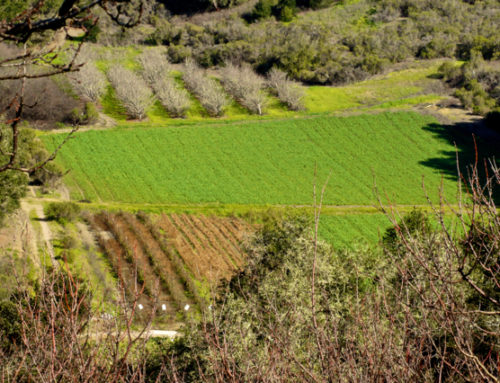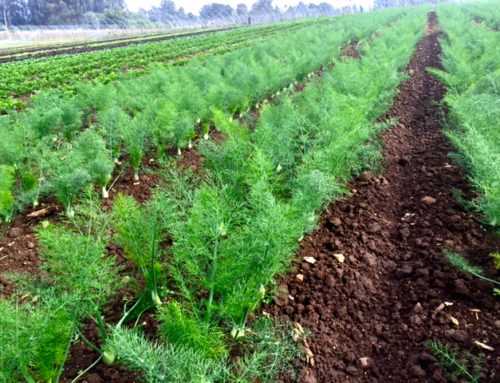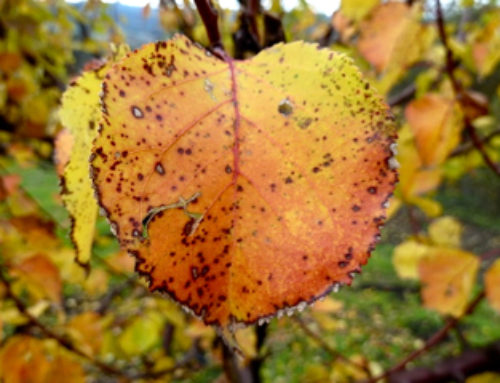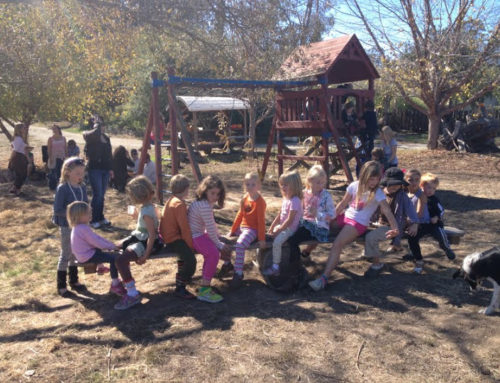“If the bee disappeared off the face of the earth, man would only have four years left to live.”
-Albert Einstein
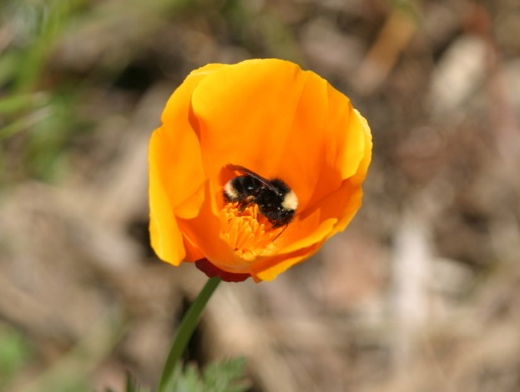
No lack of bees here on the farm. The buzzing is all around us, the air is filled with a low, continuous, almost eerie hum. It’s hard to pinpoint where the bees are working and the buzz is coming from exactly. Now that the apples and wild mustards are past their peak blooming period, the bees have moved into the “wilder” oak, redwood, and native chaparral environments of the farm.
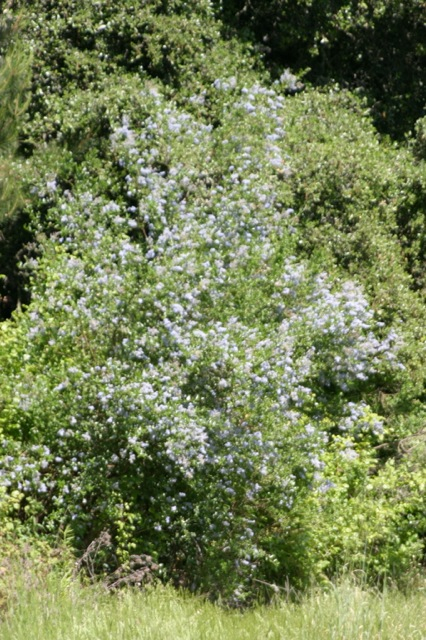
I recognize California Lilac with their beautiful blue flowers as well as sage, buckwheat, coffeeberry, penstimons and sticky monkeyflowers all blooming, but the humming upon closer inspection is coming from the poison oak growing green and lush everywhere.
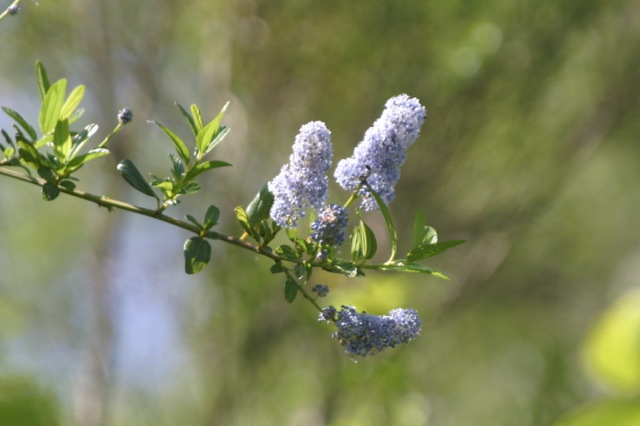
I notice that the poison oak is packed with tiny, hardly noticeable whitish flower clusters. The bees are all in a hurry, climbing in and around these clusters, collecting their loads of nectar and pollen and then quickly getting it back to their hives to feed their brood (baby bees).

Anselmo Rivas, who keeps some of his hives here on the farm, explained that now is a good time to encourage honey production and increase the number of his working hives. When food is abundant the bee colony will increase in size, often to a point where it decides to split and swarm by following the queen and abandoning their present home to a new queen. Anselmo, like most beekeepers, is happy to capture a swarm; it’s like a present when Mother Nature gives you a complete working hive.
A few years ago I was walking past a row of willow trees near the apricot orchard when an intense buzzing sound caught my attention. I noticed that a swarm was hanging off a willow tree branch and I immediately called Anselmo.
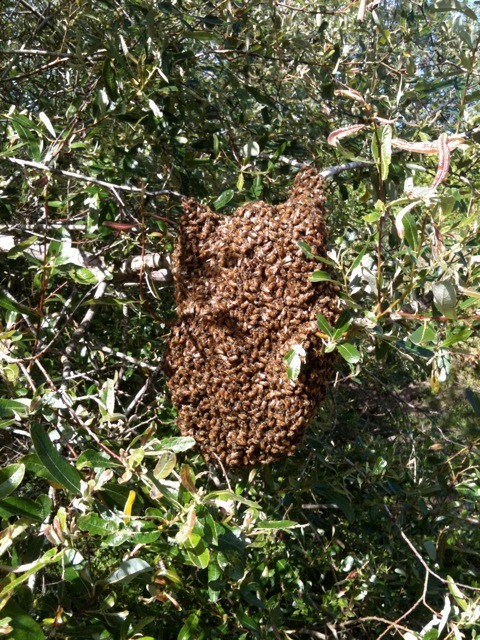
It took him less than ½ hour to show up with an empty box complete with frames fitted with wax foundations. He slid the box underneath the branch the bees where hanging from and started shaking it until a clump of bees, the one that had the queen in it, landed on the frames. Like a chaotic cyclone the rest of the bees immediately descended upon the box and slowly crawled into it – making Anselmo a very happy beekeeper!
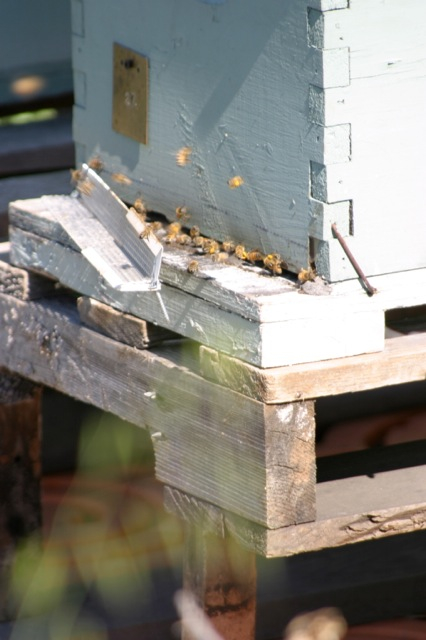
The honeybee is truly one of nature’s workhorses. What makes them so popular, besides the honey they share with us, is that they are able to pollinate a large number of different plant types. Due to their social nature, they tend to recruit other bees to visit the same plant several times during its blooming period, increasing the chances of pollination, thus resulting in higher yields of fruit or seeds. Imagine what the content of our shares would look like if pollination disappears. No strawberries, raspberries, blackberries, apples, pears, plums, apricots or cherries. No cucumbers, melons, winter or summer squashes.
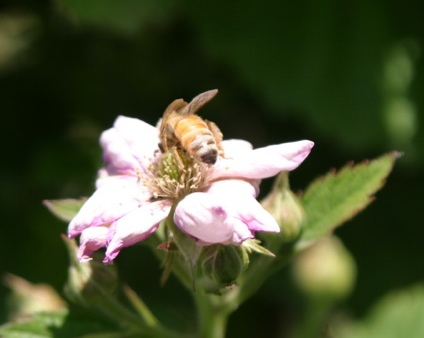
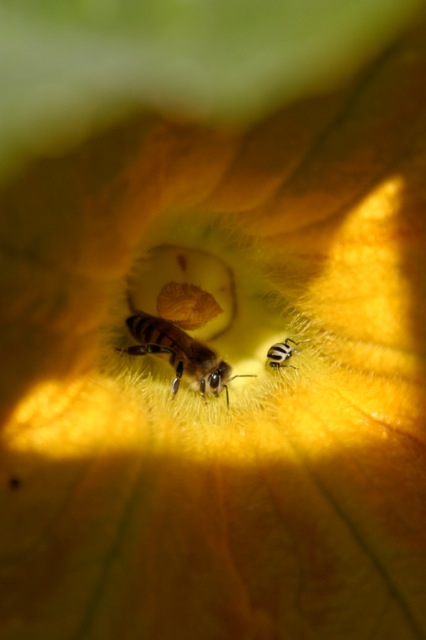
According to the Xerces Society, one in three mouthfuls of food and drink require the presence of a pollinator. Beekeepers have been struggling to maintain their bee population. Anselmo lost almost half of his hives last winter. He blames the decline to the destructive varroa mite and the overall lack of habitat around agricultural and urban landscapes to support honeybees and other pollinators such as bumble bees, butterflies, wasps, and native bees.
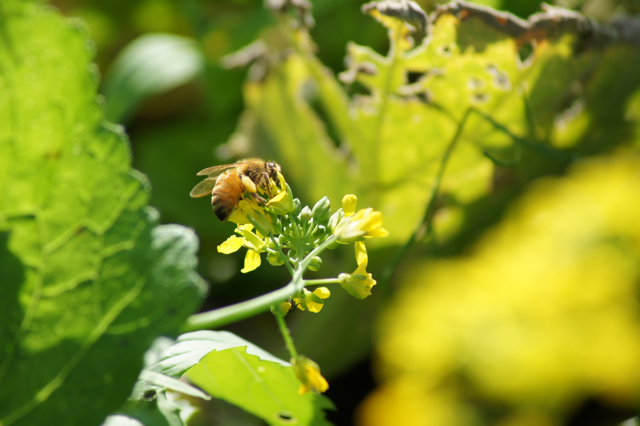
Here on the farm we have planted hedgerows, grow sunflower hedges, summer cover crops such as annual buckwheat, or decide to let crops such as broccoli, kale, or any of the brassicas (mustards) go to flower for the bees to feed on before plowing them back into the soil.

The best way to encourage and maintain the presence of pollinators is to preserve more wild land (habitat), set aside uncultivated areas (undisturbed hedgerows and field borders) and grow suitable crops to attract and increase their numbers, making sure to provide sufficient flowering/pollen producing plants to ‘feed’ them year round.
With Earth Day just around the corner, we can all decide to take a few steps to increase pollinator habitat whether it’s in your own backyard, office campus, community gardens, parks, you name it, any place free of pesticides where plants can grow, will serve as habitat for pollinators to forage, nest, lay eggs and multiply. A patch of flowers is fun to have around and observe as butterflies, bees, beetles, birds, moths and other interesting animals will start being attracted to it. With a healthier and more abundant population of pollinators we contribute to a healthier ecosystem around us.

